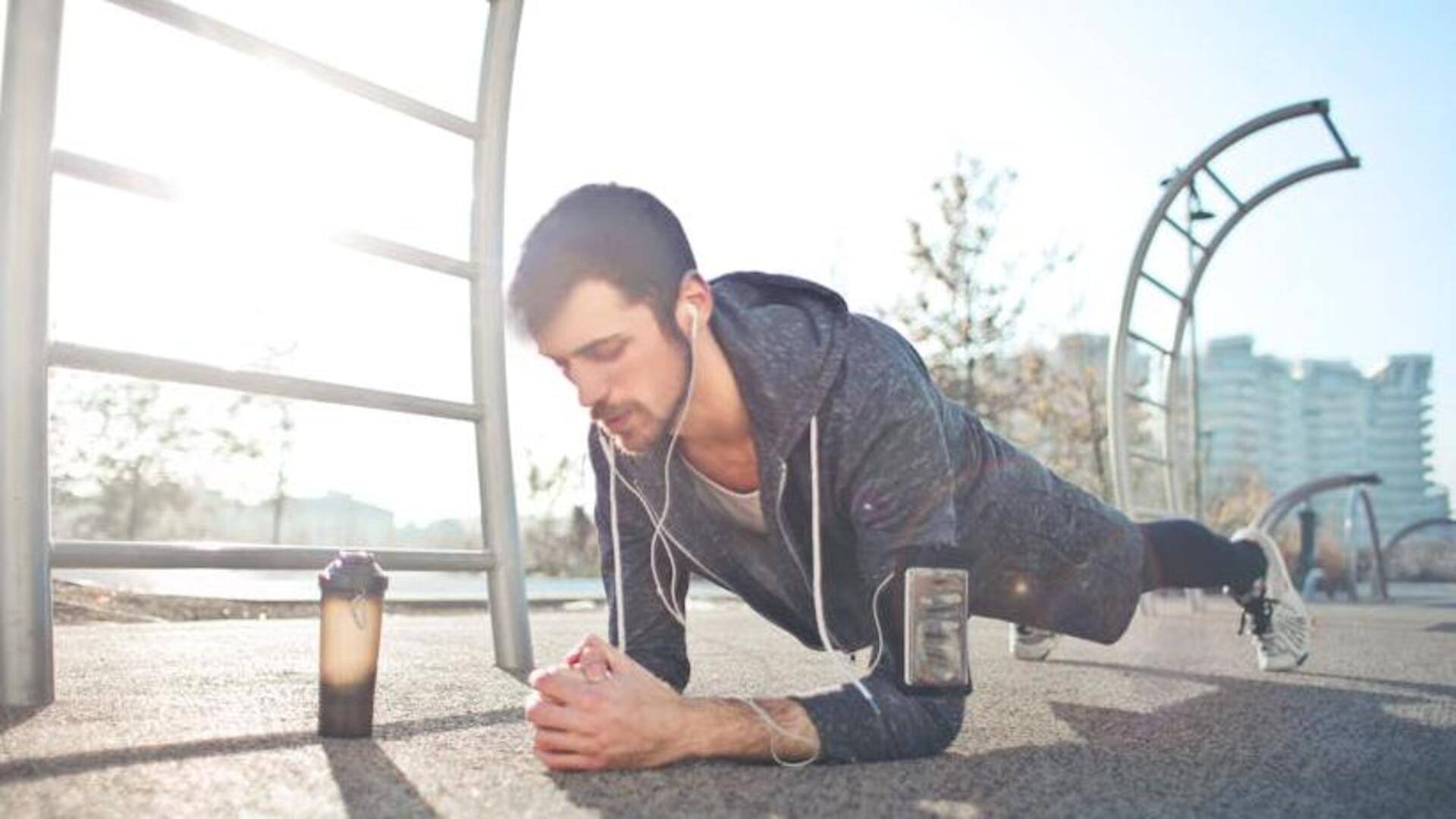
Mastering the basics of plank poses
What's the story
The plank pose is the unsung hero of fitness, simple yet powerful. It targets multiple muscles at once, boosting core strength, balance, and posture. Perfect for beginners, it needs no equipment and can be done anywhere. This article will share crucial tips to master your plank pose, helping you get all the benefits without any injury risks.
Tip 1
Start with proper alignment
To perform a plank correctly, begin on all fours. Position your wrists directly under your shoulders and extend your legs back, ensuring your body forms a straight line from head to heels. Engage your core by drawing your belly button towards your spine, and avoid letting your hips sag or pike up. This alignment not only prevents strain on your back, but also ensures optimal engagement of your core muscles.
Tip 2
Focus on breathing
Breathing is key: The secret to holding any yoga or fitness pose, including the plank, is proper breathing. Don't hold your breath; instead, concentrate on slow, deep inhalations and exhalations. Breathe in through your nose and out through your mouth. This will help you stay focused, build endurance, and ensure your muscles are getting the oxygen they need during the exercise.
Tip 3
Gradually increase duration
If you're a beginner, holding a plank might feel tough initially. Start with shorter holds like ten seconds and slowly build up as you get stronger and more comfortable. Remember, it's better to hold a good plank for a shorter time than to lose your form just to last longer. Eventually, try to work your way up to holding the plank for a full minute or more.
Tip 4
Incorporate variations
Once you're comfortable with the basic plank, challenge yourself by adding variations. Try lifting one leg or switch to side planks to target different muscles. These modifications not only build strength but also improve balance and flexibility. By implementing these changes, you'll keep your routine exciting, avoid plateauing, and continue making strides in your fitness journey.